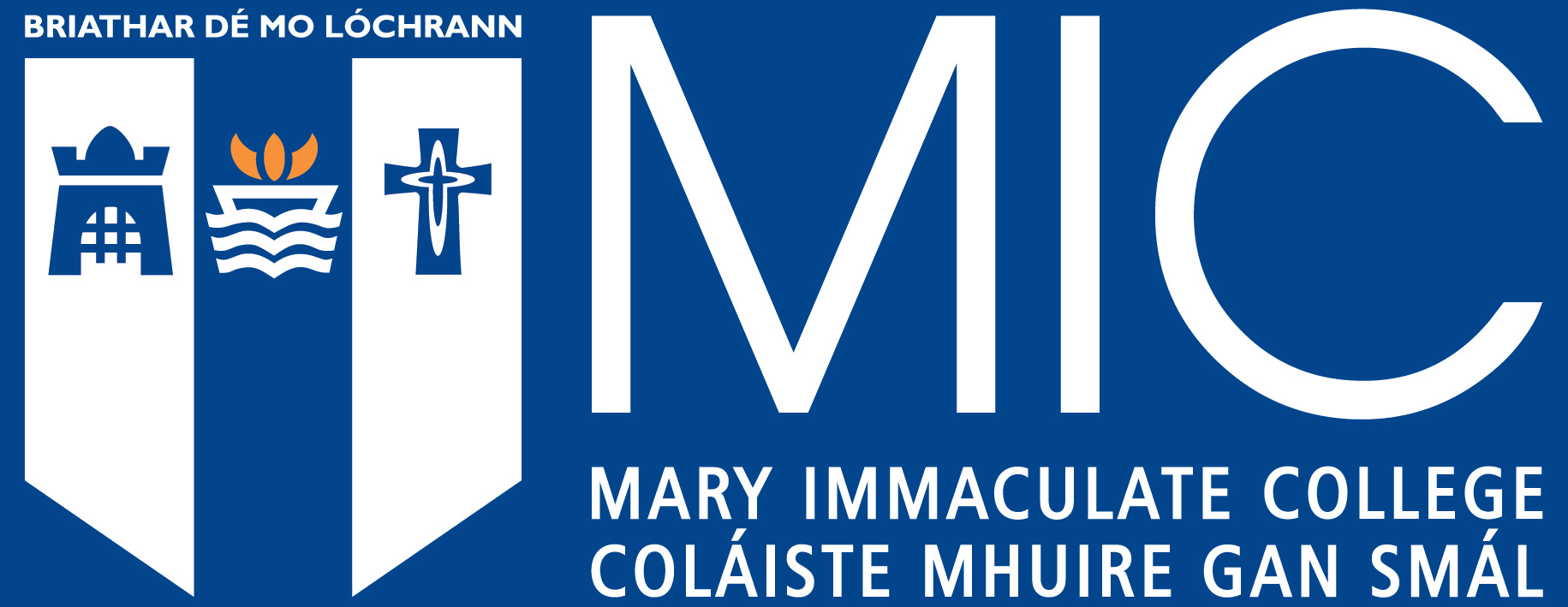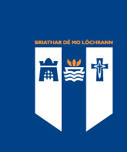'Mercy and righteousness have met': literary structure as key to the centrality of mercy in Romans
Abstract
The aim in presenting this dissertation is to establish the thesis that one fundamental literary structure identifiable in Romans provides a clue to a satisfactory reading of the Letter. By ‘satisfactory reading’ I mean a reading which respects all of the data while making sense of the totality of Paul’s message to Roman Christians. I discover that message to be what Paul says it is in Rom 1:1: “The Gospel of God” – The Revelation of God’s Good News for the world. This, in turn, is nothing less than God’s magnificent and merciful plan of salvation for all, Jew and Gentile alike. It includes the stunning revelation of God as being both righteous and merciful. Chapters 9-11 present this truth within a rather surprising, yet thoroughly biblical, context.
The methodology used is described in detail in Chapter Three. In summary, it involves exercises in text delimitation, leading to the identification of literary panels/ dyads/triads. A fundamental and leading literary structure may be identified in Romans, firstly by a careful study of both Prologue and Epilogue. Both are shown to consist of two distinct but complementary ‘panels’ which function dialogically and complementarily. A similar pattern of ‘panels in dialogue’ is then detected to be a feature found elsewhere in Romans. Sample texts from the beginning, middle and end of the Letter are found to bear this out (1:1-15; 1:16-3:20; 8:1-39; 12:1-13:14, 13:15-16:27). Eventually, that structure is shown to be pervasive throughout, with one notable exception corresponding to a climactic phase in the Letter (Rom 9-11). The outcome is quite illuminating: A ten-fold literary structure can be discovered, using the tools of contemporary delimitation criticism. This ten-fold structure consists of nine dyads (‘panels’ in dialogue) and one important variant, which is crucial. This variant corresponds with the climax of Paul’s argumentation and the heart of his Gospel for Christians in Rome.
If structure is a pointer to meaning in any literary work, as I believe it is, this fundamental structure in Romans provides an important signpost. It is not the only important structure in the Letter, but it is a basic and pervasive one which deserves attention. The thesis presented here is that this underlying structure opens the door to a fresh reading of Romans – a reading which respects both the integrity of the entire sixteen-chapter text and the rich complexity of Paul’s thought.
Keywords
Paul's letter to the RomansBible -- N.T.-- Romans -- Commentaries


